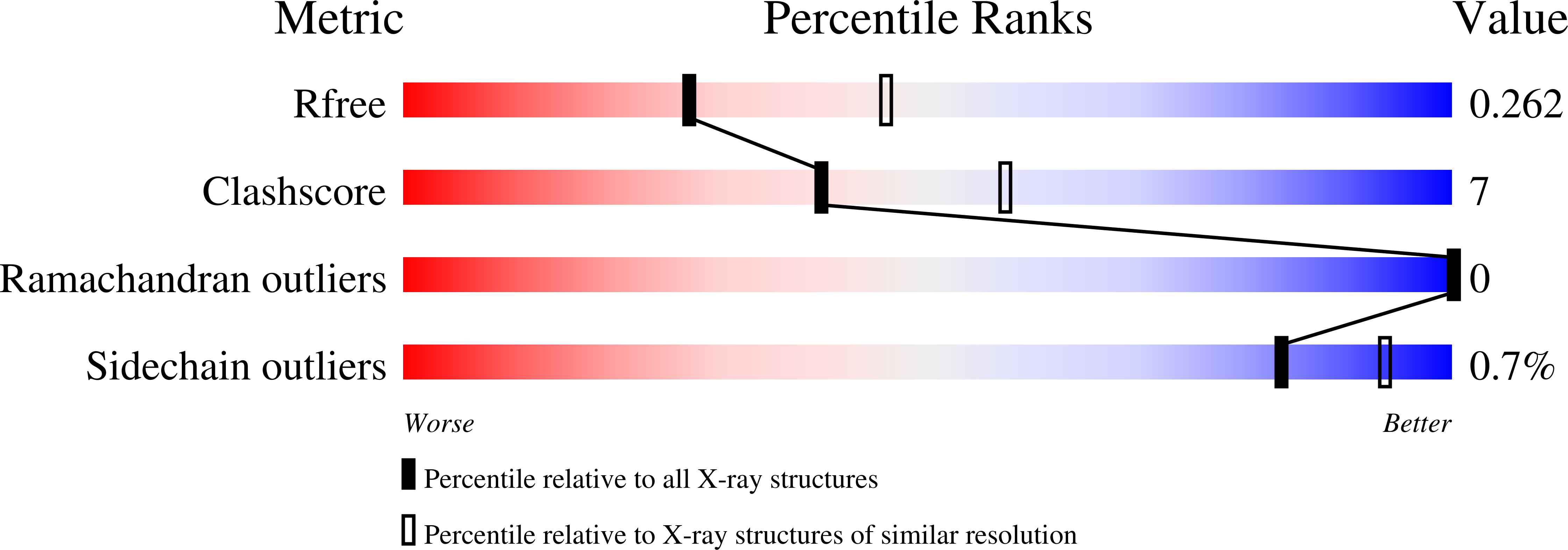
Deposition Date
2022-04-08
Release Date
2022-11-30
Last Version Date
2024-01-31
Entry Detail
PDB ID:
7ZJ3
Keywords:
Title:
Structure of TRIM2 RING domain in complex with UBE2D1~Ub conjugate
Biological Source:
Source Organism:
Homo sapiens (Taxon ID: 9606)
Host Organism:
Method Details:
Experimental Method:
Resolution:
2.53 Å
R-Value Free:
0.25
R-Value Work:
0.21
R-Value Observed:
0.21
Space Group:
P 1 21 1


